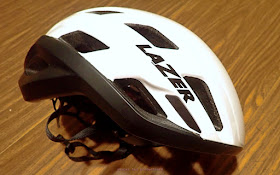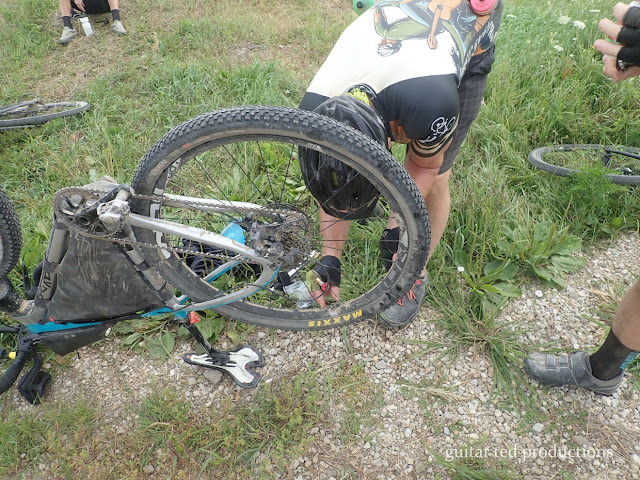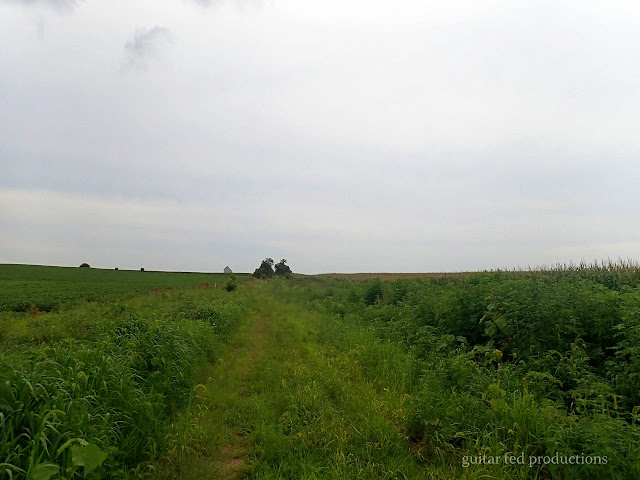Recently I have posted on various social media and here on this blog about the new
Tumbleweed Big Dipper flared drop bar. Of course, as a reviewer, you are expected to push the product out which benefits you - the reviewer - obviously, but also the brand. More eyeballs on my blog and more eyeballs on the product. So, that's why I did what I did.
On Facebook, there was a long discussion about "How wide is too wide?" for a drop bar. I have to say before going on that the discussion wasn't rife with the usual "shots from the hip", but it had a lot of great viewpoints and I actually learned a thing or two.
Isn't that how human interactions should work?
Anyway, I apologize for the diversion, but it was quite noteworthy. Onward...
Anytime you get into how humans interface with a machine, in this case, with a bicycle, the outcomes of research and the science are often fraught with inconsistencies and generalizations. Take for instance bicycle saddles. There is a reason there are so may shapes and sizes of these components. Additionally, there are several ways to be seated on a bicycle, which is going to also affect what saddle you choose.
Things can even get more sideways when you start talking about fit. How a component should be sized to fit any particular rider has no simple formula, although that never stopped anyone from trying to come up with one. Take crank arm length for one. How many formulas for that have been promoted throughout the years? And if you follow the current wisdom-du-jour, you would be thinking that you need a lot shorter crank arms than you ever dreamed of before.
Between traditionalism, science, the innergoogles, and mere seat-of-the-pants feel, things can get real murky really fast. So, let's start from the point of traditionalism and build from there.
As you can see from the image to the left here, the width of a drop bar is measured from the centerline of the point where the levers would mount on a drop bar. NOTE: Flared drop bars will actually end up being wider in the drops due to the flare than the measurement will indicate for any particular flared drop bar.
Traditionally, a drop bar width was determined by the measurement of an individual's acronium protrusion where the top of the scapula meets the collarbone. This measurement, in metric standard, should match up with a width of handlebar from 36cm to 46cm.
So, as an example, if your measurement across the acronium protrusions was, say, 390mm, you would go up to a 40cm bar (400mm).
Now, some say you should size up up to two centimeters, and that is okay. I was never taught that back in my apprenticeship days. But there ya go... Another one of those wrenches in the works!
Okay, so that is what traditionalists would tell you. But what if you were like me, and your acronium protrusions were 49cm apart? Well, you were screwed, basically. That's because for years drop bars were made for smaller, athletic, racers, not your average Mid-Western Guitar Ted-shaped fellow.
Now, what does science say? Well, it tracks right along with traditionalism, in that shoulder width is a big factor. However, fit specialists will also ascertain your body type, riding position, and other body measurements to arrive at a place that, ergonomically speaking, should be your ideal drop bar width. But what if you have a drop bar MTB, flared drops, a gravel bike, or what if you are a time -trial specialist or track racer?
More wrenches in the works....
A newer trendy way to go with handlebar width for road and gravel is very narrow. I first ran into super-narrow drop bars when I met Ashton Lambie, the track riding ace from Nebraska. He was at The Solstice 100 when I did that event in 2019. He had these crazy-narrow bars on his gravel bike because, as he put it, that was what he was used to from track racing.
Track racing takes aero very seriously, and so perhaps this idea grew out of the track racing scene. I'm not sure, but it has popped up in the gravel racing segment as well.
Obviously, this idea gives no regard to ergonomics, and it is all about 'saving watts'. Is that how we should be sizing up drop bars? Wait! Don't answer that just yet. There is more!
You also have the burgeoning bikepacking scene, and that element of riding has taken a lot of cues from mountain biking. Mountain biking has evolved a LOT since I started riding in the late 1980's when a "wide" flat bar was 660mm. That grew as the 90's came to a close and as the 2000's drew to a close we were looking at handle bars in the 700mm width range and beyond. Take a gander at most flat bar mountain bikes today and you are talking about 800mm handle bars.
What?!!
 |
The Tumbleweed Big Dipper Bar in a 54cm width.
|
So, the drop bar off-roading bikepackers were looking at all of that and thinking, "Hey! Why is the widest flared drop bar a 46cm bar?" And then the next thing ya know we have these wider flared drops all the way up to 600mm in width, which, on the surface of it, doesn't sound all that crazy when flat bars are super-wide. But does that make sense for everybody?
No, of course not!
All of the above should illustrate that we are not going to get a straight answer to "How wide should your drop bars be?" because the real answer is a dissatisfying, "It depends". It depends on your body make-up, what you feel is right, how you ride, how you sit on a bike, pain management, riding time, terrain.... You get the picture.
This is why there are a thousand saddles to choose from, several shoe lasts for different feet, helmets that are roundish, ovalish, and on and on. We need various widths of drop bars, and I - for one - am really excited that the flared drop bar idea spawned wider drop bar choices than 46cm. I am happy for those aero-freakazoids that want super-narrow bars. It's all necessary.
Yes, necessary. Because if that helps riders feel comfortable, confident, and makes them want to ride, then good. If we have to swap out handlebars, there are lots of choices. Which, yes, can be paralyzing, but also good. Because if you have to get something different, or want to, you can.
So, as I review this Tumbleweed Big Dipper Bar, I am going to look at it from the lens of what it is intended for, (obviously not track racing!), and how something this wide might be, or might not be, a good thing for bikepacking. And of course, I'll throw a little gravel dust thinking on top.
Stay tuned......




















































